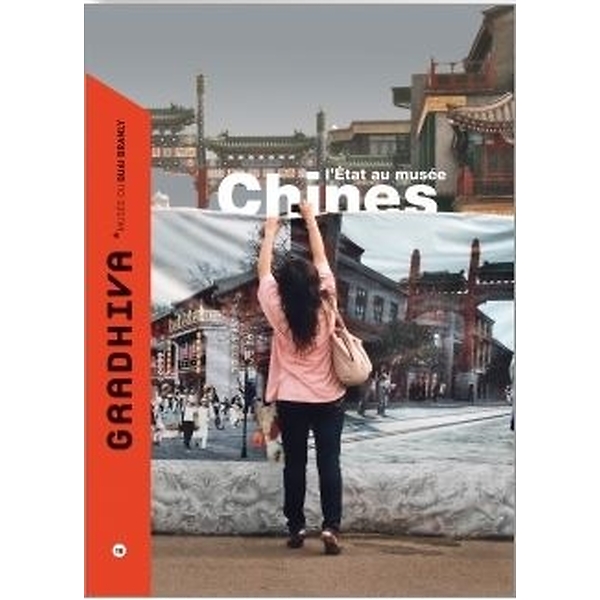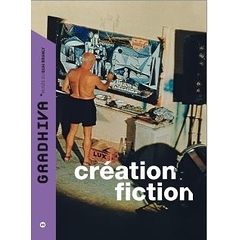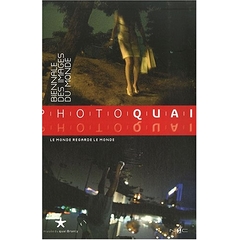Gradhiva N°16 Chine
Description
How and why are museums created in China? Which heritage, history and art enhancement policies are currently being implemented, both in the People's Republic of China (PRC) and Taiwan? Often less known and studied, museums and other heritage transmission tools also participate in Chinese development: while there were about twenty in 1949, they are now more than 2,300 in the PRC. To be interested in their genesis and their functioning is to be directly in touch with the Chinese society of today and the big questions which cross it: status of the minorities, often conflicting interactions between the different levels of government, place granted to the religion, look and speech of the country on its traditions and history, etc. So many issues addressed by this new issue of Gradhiva that seeks to provide an ethnography of various museum projects and heritage, and thus to sketch a political anthropology of Chinese and Taiwanese nation-states.
Product information
- Technical specification
Coordinated by Brigitte Baptandier and Anne-Christine Trémon
- Number of Pages
- 264
- EAN
- 9782357440487




